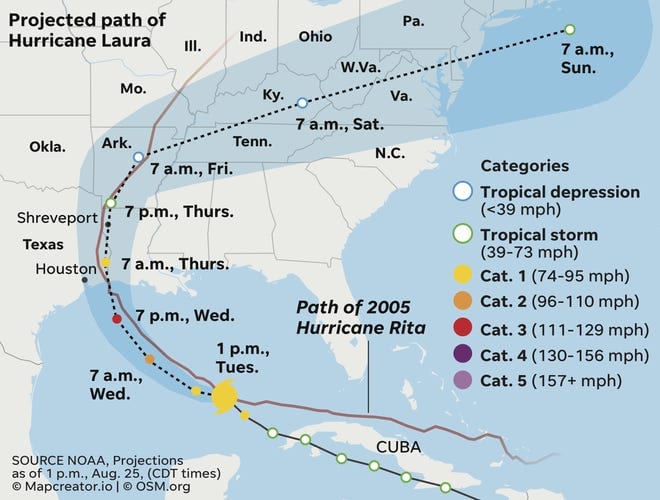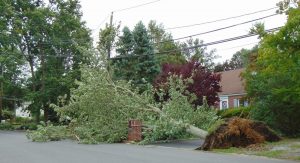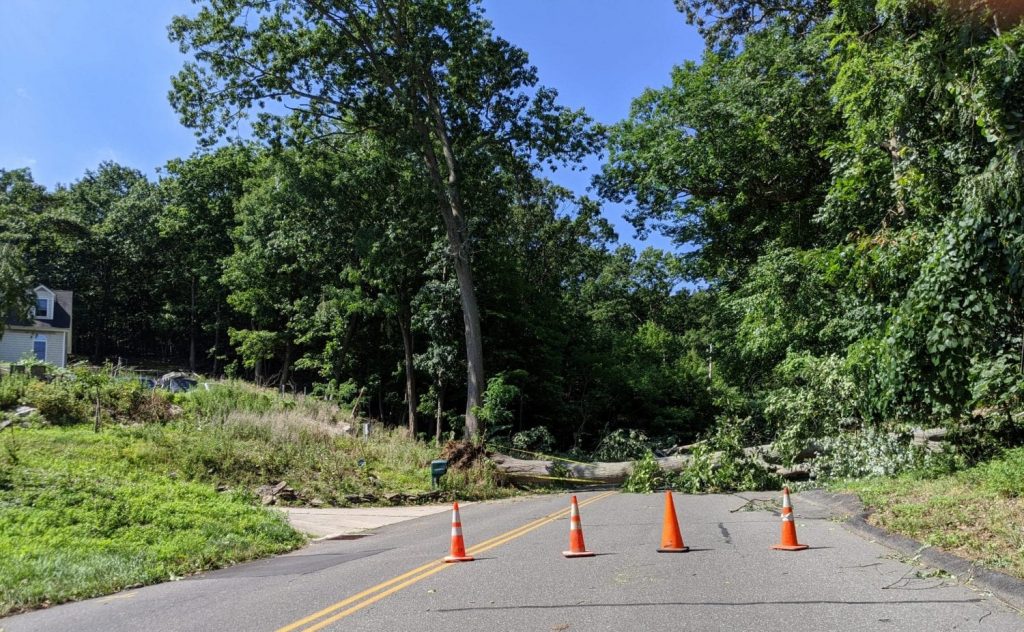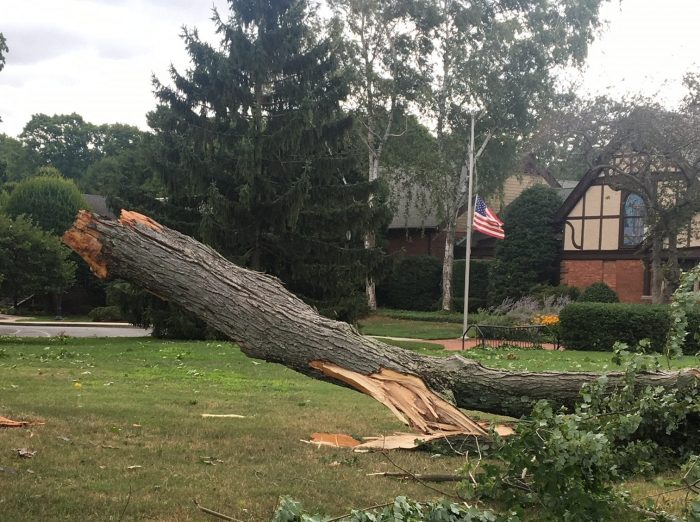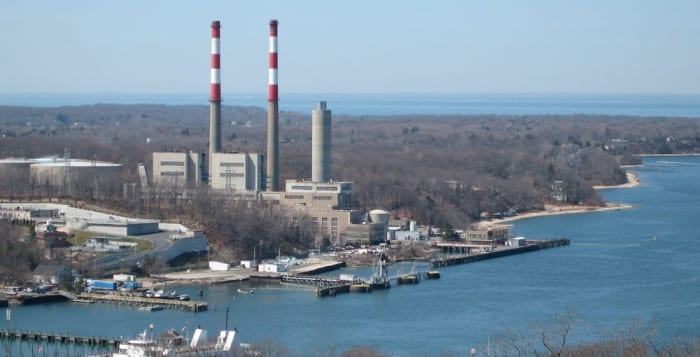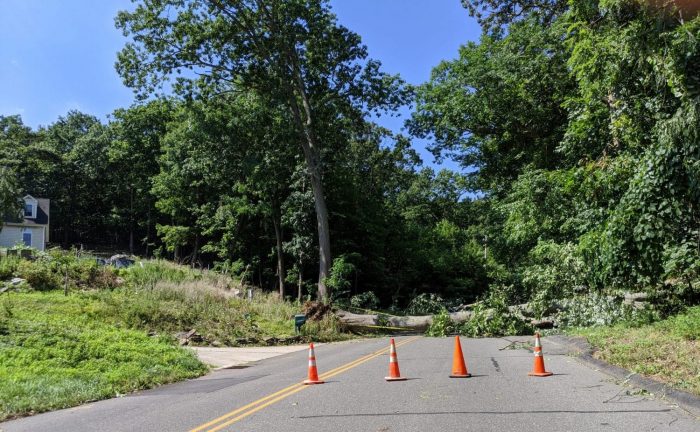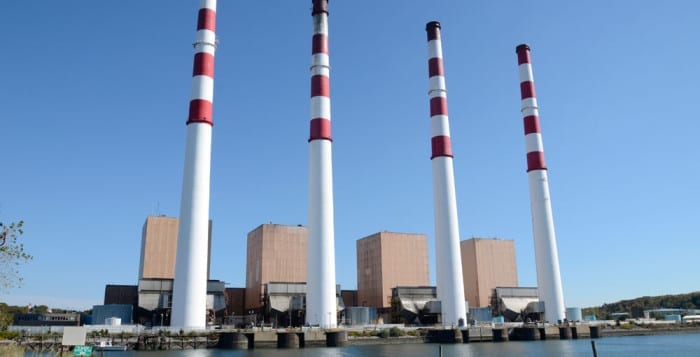Following the power outage caused by Tropical Storm Isaias in early August, State Sen. James Gaughran (D-Northport) conducted a survey of residents.
With 3,243 people responding, the survey indicated that people lost an average of $434.66. That compares with the maximum of $250 that PSEG Long Island said it would reimburse residents if they produced an itemized list and proof of loss.
Click here to see the full survey results
“I don’t keep my receipts,” Gaughran said in an interview after he publicly released the survey. “I throw mine out. I would imagine a lot of Long Islanders are keeping receipts” from their grocery purchases after their experience with the storm, the outage and the food losses, particularly amid the economic decline caused by the pandemic.
More than half the survey respondents, or over 58%, said they were not able to contact PSEG easily about their outage. At the time of the storm, PSEG recognized that its new communication system was ineffective.
Additionally, over two thirds, or 67 percent, of the residents in the survey said PSEG did not restore power before the estimated time.
In the two years he’s been in the senate, Gaughran said he’s never had this many responses to questions from residents about anything.
The Democratic senator highlighted how over 56% of residents were unaware of PSEG’s Critical Care Program, although those residents don’t believe anyone in their households would qualify. An additional 21% of the survey respondents didn’t know about the program and believed someone in their house might qualify.
The fact that more than half of the people who responded didn’t know about the program is “significant,” Gaughran said.
“Unacceptable” Storm Response
In response to a letter Gaughran sent to LIPA, CEO Thomas Falcone said he would “make sure that your survey results are appropriately reflected in the work streams for LIPA’s upcoming 90-day and 180-day investigative reports into PSEG Long Island’s storm response.”
Falcone called PSEG LI’s response to the storm “unacceptable” and said the LIPA Board has “insisted that the failures not be repeated.”
LIPA’s 30-day report said the computer system caused incorrect restoration estimates.
In its report about the storm response, LIPA concluded that “problematic management control issues,” combined with outside vendors who had “poorly defined service quality assurances” delivered an unsatisfactory customer experience.

LIPA’s 2020 Internal Audit plan had previously scheduled a re-audit of the process to maintain customer lists to begin the fourth quarter of 2020. After reports of outdated customer lists during Isaias, LIPA accelerated that process, which started in September. The power authority will address that further in its 90 and 180 day Task Force reports.
The senator, who presented the results of his survey, also reiterated concerns he has about LIPA’s oversight of PSEG LI.
Gaughran said the Public Service Commission, which has considerably more direct oversight with other utilities around the state, doesn’t have the same authority with PSEG LI.
The PSC provides “recommendations” to LIPA and can “force them to pay money to their customers for lost food, lost business. [It] can do this with every utility except PSEG LI because the relationship is different.”
In responding to this concern, LIPA, in a statement, said the LIPA Reform Act provides the Department of Public Service with oversight responsibilities of LIPA and PSEG.
“LIPA’s storm oversight activities are in addition to DPS’s statutory role and DPS’s statutory role is the same for PSEG Long Island as it is for the state’s other utilities,” LIPA said in a statement.
The DPS provides independent recommendations to the LIPA Board of Trustees. The board has accepted every recommendation from the DPS, according to the statement.
LIPA said the only difference between the oversight of PSEG LI and other utilities in New York is that the DPS recommendations are to LIPA’s nine-member board, instead of the Public Service Commission.
The 30-day report includes 37 specific recommendations for PSEG Long Island to put in place by Oct. 15, LIPA said.
As for losses from the storm, LIPA said it secured direct reimbursement for customers through the customer spoilage reimbursement program. That could be as high as $500 per residential customer for food and medicine. PSEG LI is forgoing up to $10 million in compensation to fund this program.
LIPA “may look to pursue additional actions after [its] review and the Department of Public Service’s Investigation” is complete, LIPA said in a statement.
In his letter to Gaughran, Falcone said the 90-day and 180-day reports would have additional “actionable recommendations,” which the LIPA board would ask for independent verification and validation to make sure these recommendations have been implemented.



